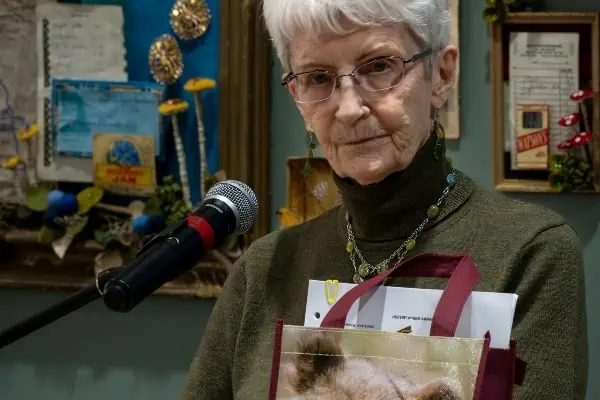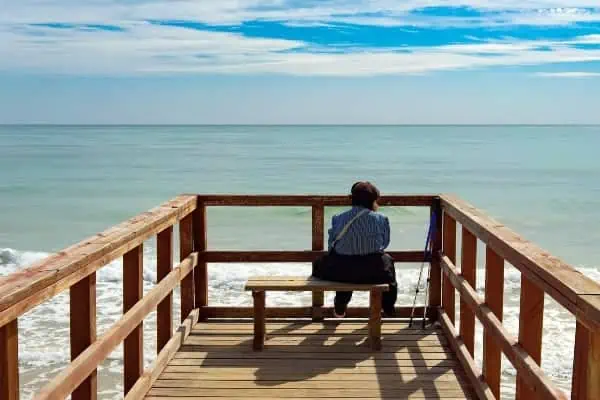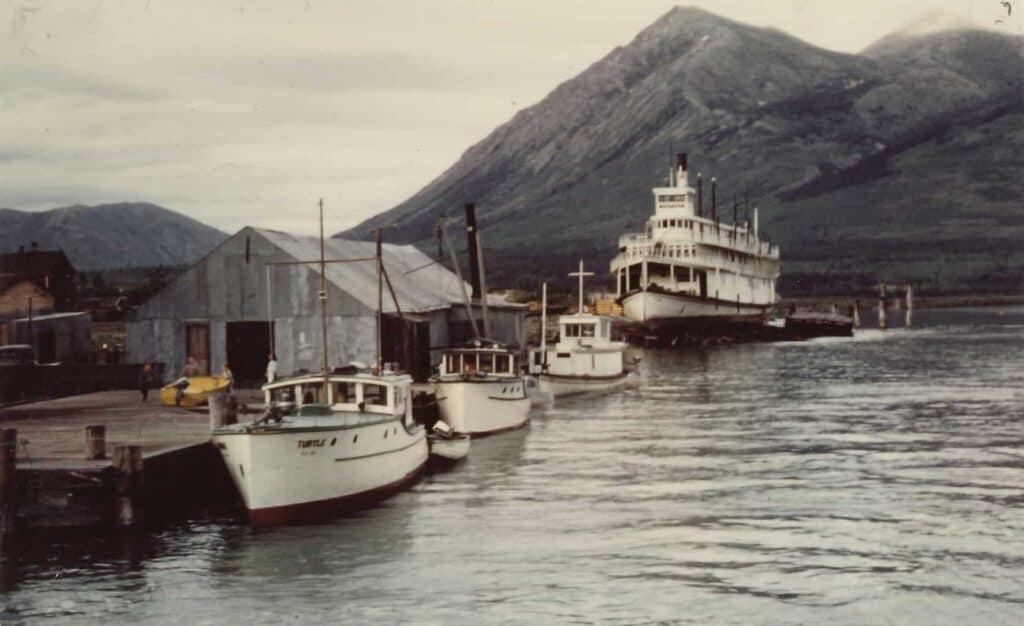
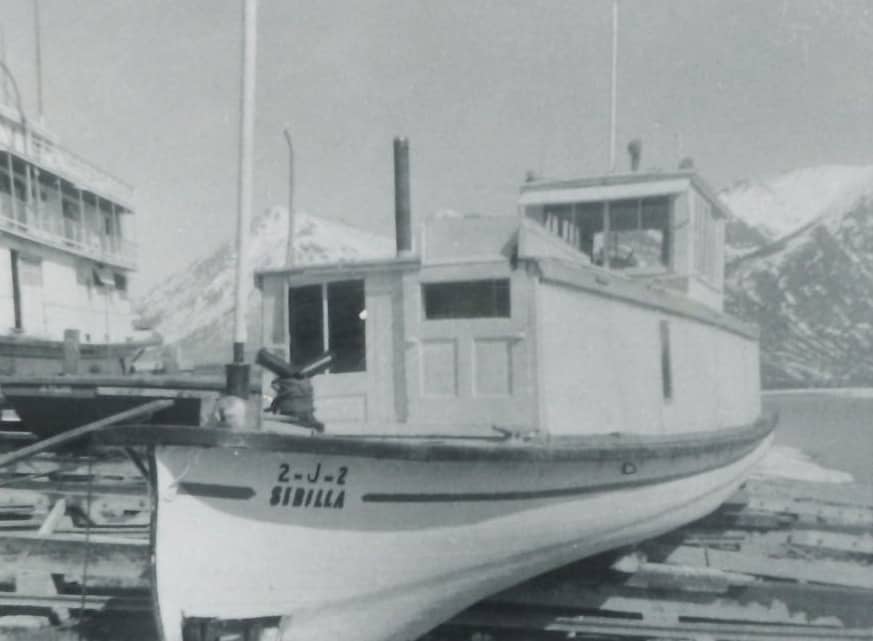
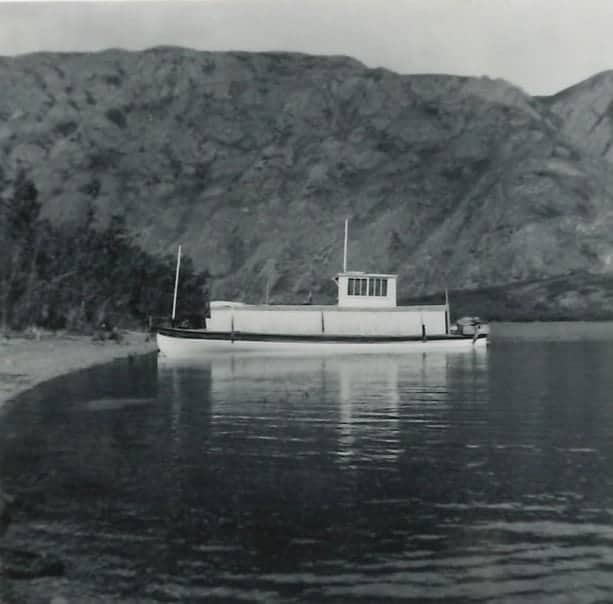
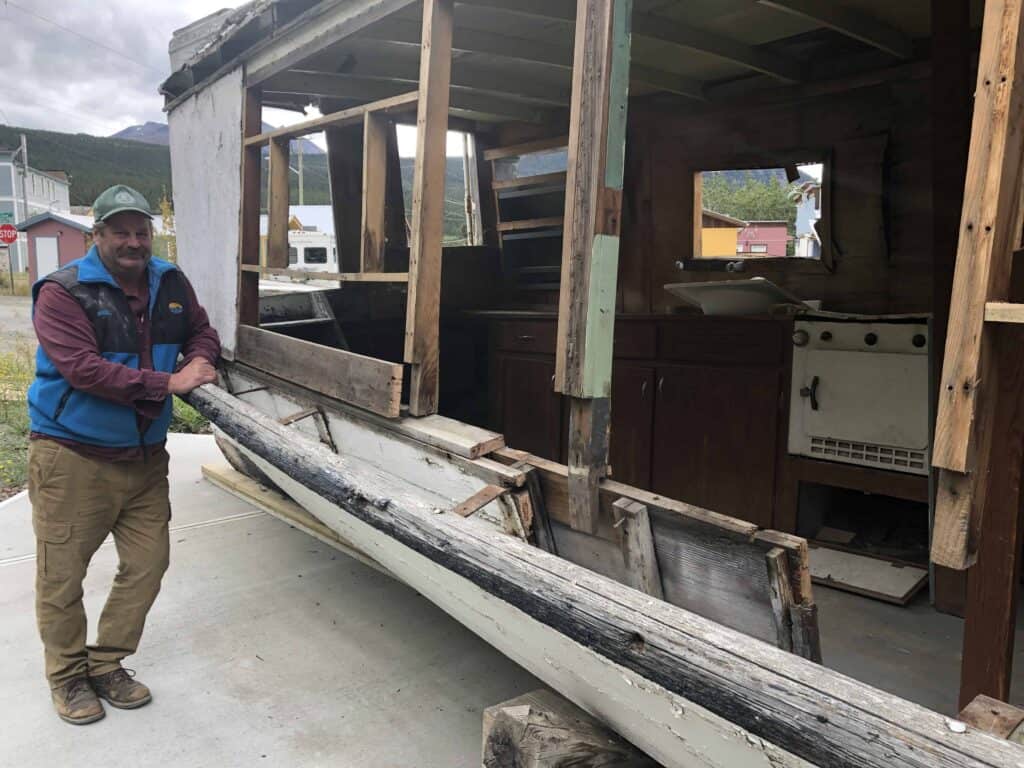
When Bob Cameron was a kid in the late 1950s and ’60s, his family spent summer weekends boating on Tagish Lake. Since it was built, more than 90 years ago, the Sibilla, a Yukon workboat, freighter and yacht, has had many lives. Now, it’s been refurbished and fixed up for display, to help tell the story of Carcross history
“Back then, there was no highway going through to Skagway,” said Cameron. “The Southern Lakes were the ultimate waterways for boating.”
They would stop on the lakeshore to fry up the fish they’d caught and explore the abandoned mining camps in the area.
“There were miles of pristine wilderness and abandoned settlements—Tutshi, Engineer Mine, Taku Landing, Venus Mine, and Conrad,” said Cameron. “It was a big adventure to check out the inside of the old buildings or peer through windows and cracks in the walls if they were locked.”
In Carcross, the family would load onto a former workboat, the MV Dorothy, that Cameron’s father had salvaged and fixed up. Friends cruised alongside in their own boats, including George and Emily Simmons who owned the MV Sibilla, a former British Yukon Navigation Company (BYN) gas-powered workboat that had been converted into a recreational yacht.
The Sibilla was constructed in 1932 at the Whitehorse shipyard. Like many of the BYN boats built in Whitehorse, the Sibilla was designed to navigate well in shallow water. It had a canoe-shaped hull with a recessed propeller, a solid deck and a wooden-frame superstructure overlayed with canvas.
It was sent into service on the Yukon River, but was moved from Whitehorse to Carcross in 1940. There the Sibilla helped chart the most-navigable channels for larger boats, each spring, and scraped out sandbars if they were dangerously in the way.
It also served as a freight boat, pushing a barge laden with supplies—barrels of fuel, explosives for the mining operations, food and liquor—to settlements along Tagish Lake.
Leaving Carcross, the Sibilla headed east on Nares Lake, past Windy Arm on Tagish Lake, and then turned south. At a narrow part of Taku Arm, called Golden Gate, the Sibilla turned east into Taku Inlet (also known as Graham Inlet) and on to Taku. There, the Taku Tramway, a 2-1/2-mile railway, transferred freight from the barges and boats to Atlin Lake where another gas-powered boat, the Norgold, carried the freight the rest of the way to Atlin.
In 1944, “Scotia Mac” (John McDonald) was captaining the Sibilla and “was not an easy man to work for,” according to Ron Willis who worked as a deckhand on the boat.
For McDonald, the cargo came first. While still a long way from shore, he’d start hollering for Willis to “Jump! Jump!” into the ice-cold waist-deep water, to moor the Sibilla and its barge.
Though it was hard work, Willis said he would do it again in a heartbeat: “I would go right back up and I would work for nothing … well … we practically got nothing anyway,” he said, with a laugh, in a 1993 interview.
In 1955, the Sibilla was sold to George Simmons. It had a few more owners, until one winter in the late 1970s when it was left in the water too long and its hull was crushed by ice. It was pulled from the frozen lake and left by the Carcross airstrip “patiently awaiting restorations,” according to a 1994 article from The Carcross Chronicle.
In 1998, it was relocated to the yard beside the Carcross Barracks. And that’s where Jamie Toole and his partner, Anne Morgan, found it more than a decade later. In the 2010s, they purchased the barracks, now the Sourdough Bakery.
“It was basically buried beside the bakery on a trailer,” said Toole. “So, it had been dry-docked at the airport, then hauled from the airport on a trailer and they dug a trench and backed it in there and then backfilled it.”
It stayed buried for decades until Toole recognized the boat’s heritage value, dug it out of its hiding spot and moved it onto a concrete pad to be rebuilt.
“Well, the Sibilla is quite important because it’s one of the very last remaining boats,” said Toole. “I think there’s only four left in the Yukon that belonged to the BYN, so it’s an important piece of history.”
His goal is to “get it fixed up and beautiful.” The job involves replacing rotten planking, installing new windows, painting and refinishing the outside and adding a new flagstaff. Toole uses old photos and documentation to piece together what the boat looked like in its heyday.
“I don’t think there’s a person on the planet that knows how to build a boat like that anymore,” he said. “Back in the day, 80 to 100 years ago or longer, it was a common practice to build boats like this using all hand tools, but that common practice is long lost.”
After 45 years working as a building contractor and carpenter, Toole has the skills and experience to take on the work. He also has the drive to preserve the original piece of history before it’s too late.“It all takes time and you have to have a passion for it,” he said. “Oftentimes, people don’t realize how important things are … like the historic buildings in Dawson. Once you lose history like that, you can never get it back.”
When Toole started fixing up the boat, he found a surprise artifact—a small connection to a boat builder that would have been working on the vessel nearly a century ago. Between the galley’s ceiling sheeting and the top decking, he found half a tapered candle.
“We didn’t expect that candle and so it was kind of cool,” said Toole. “Was somebody working a little later in the evening and they broke the candle in half and stuck it there to do some more painting or something like that? Or did they just put it in there for safekeeping? It’s hard to say.”
For Toole, the Sibilla is another piece of the story of Carcross. For the past decade, he has also been working on fixing up the Caribou Hotel and its surrounding properties. Both the restoration of the boat and the hotel were supported, in part, through the Yukon Historic Resources Fund.
“Well, I always just liked the history,” said Toole. “So, I take on these projects and everybody really appreciates it because a lot of people don’t really know how to do it, but they don’t want to lose it.
“So, if I can do my part by saving a little bit of that history, then I’m happy.”

